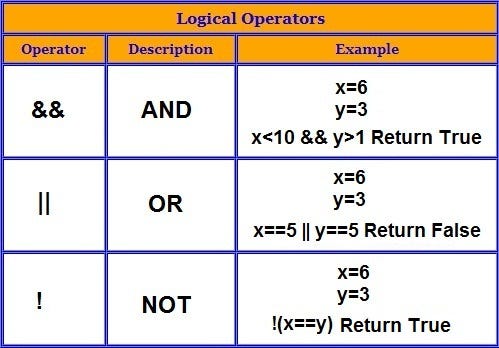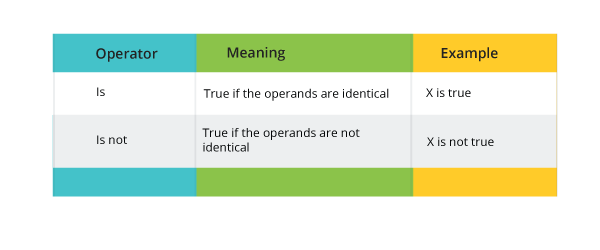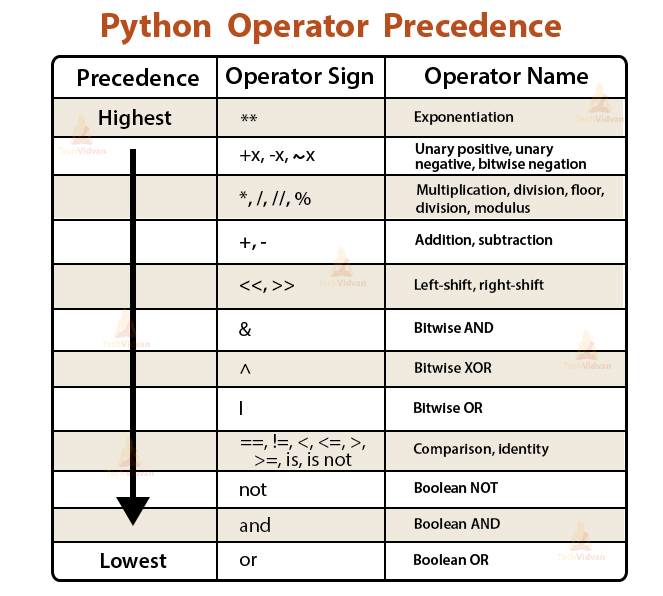Operators In Python Presentation
| Introduction to Python Operators | ||
|---|---|---|
| Operators in Python are symbols that perform various operations on operands. Python provides a wide range of operators for arithmetic, logical, assignment, comparison, and more. Understanding operators is essential for writing efficient and effective Python code. | ||
| 1 | ||
| Arithmetic Operators | ||
|---|---|---|
| Arithmetic operators are used to perform basic mathematical operations. Examples of arithmetic operators include addition (+), subtraction (-), multiplication ( ), division (/ ), and modulus (%). |  | |
| 2 | ||
| Assignment Operators | ||
|---|---|---|
| Assignment operators are used to assign values to variables. Examples of assignment operators include the = operator, which assigns a value to a variable, and the += operator, which adds a value to the current value of a variable. Assignment operators allow for concise and efficient code by combining variable declaration and assignment. |  | |
| 3 | ||
| Comparison Operators | ||
|---|---|---|
| Comparison operators are used to compare values and return a Boolean result (True or False). Examples of comparison operators include equal to (==), not equal to (!=), greater than (>), less than (<), greater than or equal to (>=), and less than or equal to (<=). Comparison operators are commonly used in conditional statements and loops. | ||
| 4 | ||
| Logical Operators | ||
|---|---|---|
| Logical operators are used to combine multiple conditions and evaluate them as a single Boolean result. Examples of logical operators include and, or, and not. These operators are typically used to control the flow of program execution based on multiple conditions. | ||
| 5 | ||
| Bitwise Operators | ||
|---|---|---|
| Bitwise operators are used to perform operations on individual bits of binary numbers. Examples of bitwise operators include AND (&), OR (|), XOR (^), left shift (<<), and right shift (>>). Bitwise operators are commonly used in low-level programming and for manipulating binary data. |  | |
| 6 | ||
| Membership Operators | ||
|---|---|---|
| Membership operators are used to test whether a value is present in a sequence, such as a list or a string. Examples of membership operators include in and not in. These operators return a Boolean value (True or False) based on the presence or absence of the value in the sequence. | ||
| 7 | ||
| Identity Operators | ||
|---|---|---|
| Identity operators are used to compare the memory locations of two objects. Examples of identity operators include is and is not. These operators return a Boolean value (True or False) based on whether the objects have the same identity or not. | ||
| 8 | ||
| Precedence and Associativity | ||
|---|---|---|
| Operators in Python have a specific precedence and associativity, which determines the order in which they are evaluated. The precedence of operators determines which operation is performed first in an expression. The associativity of operators determines the order in which operations are performed when multiple operators of the same precedence are present. | ||
| 9 | ||
| Summary | ||
|---|---|---|
| Python operators are symbols used to perform various operations on operands. They include arithmetic, assignment, comparison, logical, bitwise, membership, and identity operators. Understanding the different types of operators and their usage is crucial for writing efficient and effective Python code. | ||
| 10 | ||
| References (download PPTX file for details) | ||
|---|---|---|
| Python Documentation: Operators... https:// docs.python.org/ 3/ library/ operato... Your third bullet... |  | |
| 11 | ||





